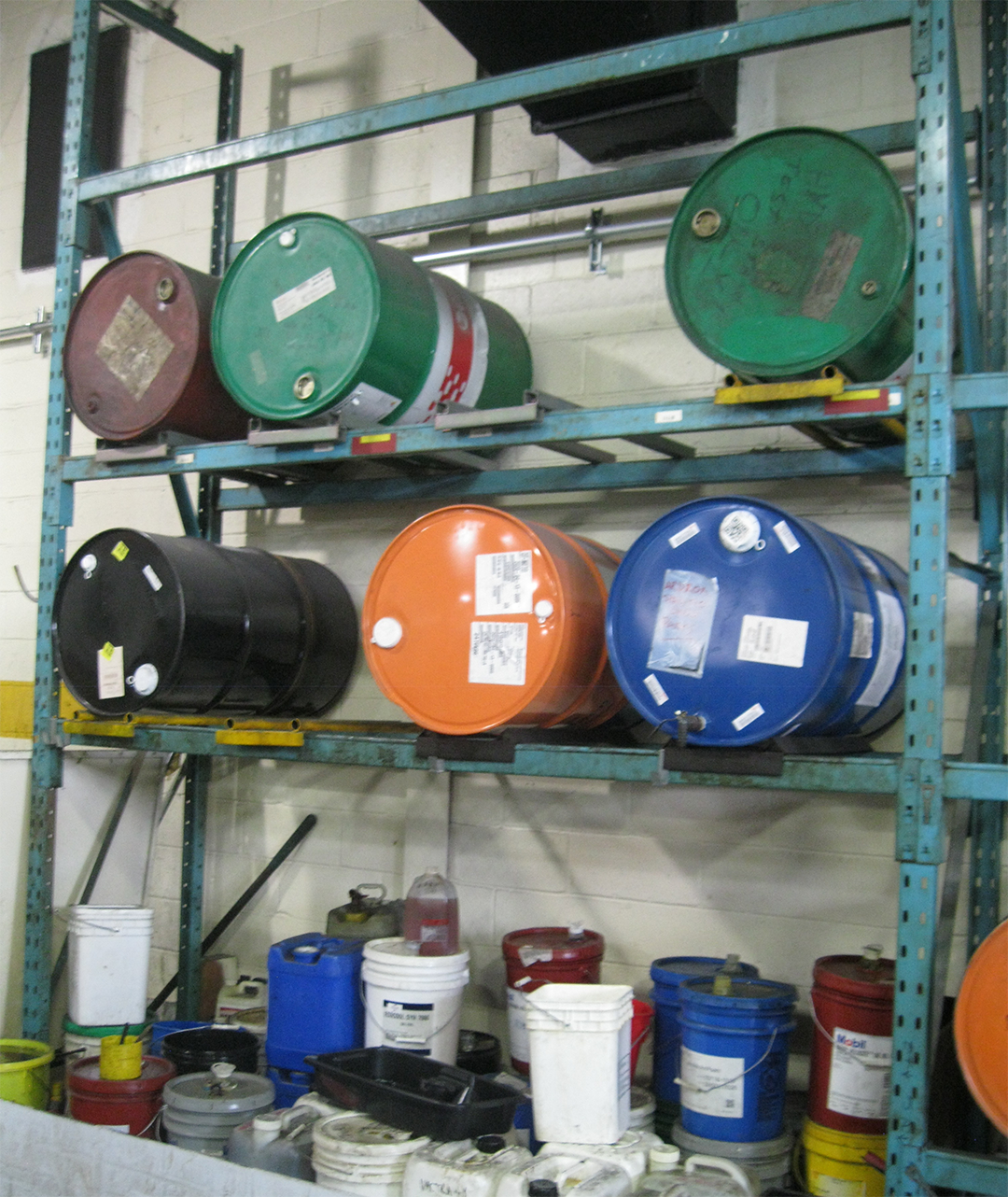EHS Best Practices for Hazardous Waste Management: A Guide for Connecticut Businesses
What Is Hazardous Waste?
If you operate a business in Connecticut, the Connecticut Department of Environmental Protection (CTDEEP) has specific language on its website to guide responsible parties in assessing what is considered hazardous and what is not.
According to CTDEEP, substances like cleaning solvents, spent acids and bases, metal finishing waste, paint waste, and sludge from air and water pollution control devices that can cause harm to human health or the environment are considered hazardous. These are just a few examples. Complete lists can be found on the agency’s website. However, certain exclusions do exist, so the onus is on the responsible party to review CTDEEP’s rules to ensure they are following all regulations pertaining to such waste and that they know what is considered hazardous.
Failure to comply with regulations that govern the management of hazardous waste could result in hefty fines or penalties.
Best Practices Outlined
- Proper Identification and Segregation: Ensure that all hazardous waste is properly identified and segregated from non-hazardous waste. Use appropriate labeling and signage to clearly indicate the presence of hazardous waste.
- Employee Training: Conduct regular training programs to educate employees on the dangers associated with hazardous waste, proper handling techniques, and emergency procedures. This will help reduce the risk of accidents and ensure everyone is aware of their roles and responsibilities.
- Hazardous Waste Storage: Store hazardous waste in designated areas that are secure and clearly marked. Implement proper storage practices, such as using compatible containers, maintaining adequate ventilation, and preventing leaks or spills.
- Waste Minimization: Implement waste minimization strategies to reduce the amount of hazardous waste generated. This can include source reduction, recycling, or process modifications. Regularly review processes and procedures to identify opportunities for waste reduction.
- Proper Disposal: Coordinate with authorized hazardous waste disposal contractors to ensure that the waste is disposed of properly and in accordance with all applicable regulations. Maintain records of waste disposal activities for future reference and audits.
- Emergency Response Planning: Develop and maintain an emergency response plan specific to hazardous waste incidents. This should include procedures for containing and managing spills, as well as communication protocols with relevant personnel and regulatory agencies.
- Regulatory Compliance: Stay updated with federal, state, and local regulations pertaining to hazardous waste management. Ensure that all necessary permits are obtained and that periodic inspections and audits are conducted to verify compliance.
- Regular Inspections: Conduct regular inspections of hazardous waste storage areas, equipment, and procedures to identify any potential issues or non-compliance. Promptly address any findings and implement corrective actions as necessary.
- Documentation and Record Keeping: Maintain accurate and up-to-date records of hazardous waste management activities, including waste generation, storage, transportation, and disposal. These records should be readily available for review by regulators or auditors.
- Continuous Improvement: Regularly review and evaluate the effectiveness of hazardous waste management practices. Engage employees in identifying opportunities for improvement and implement appropriate measures to enhance overall EHS performance.
Will the Rules Change?
Connecticut has some state-regulated materials and universal waste rules. The state is also in the process of adopting the Generator Improvement rules established by the EPA.
Walden can provide more information on this topic. If you have any questions about managing your waste, please contact us at 516-701-1681. One of our experts in hazardous waste management and identification can help.

Hazardous waste in manufacturing can manifest itself in a variety of places. Substances that pose a threat to human health or the environment are subject to local, state, and federal regulations. Make sure you know what regulations apply to your operation! Walden can help. Contact our experts today.
